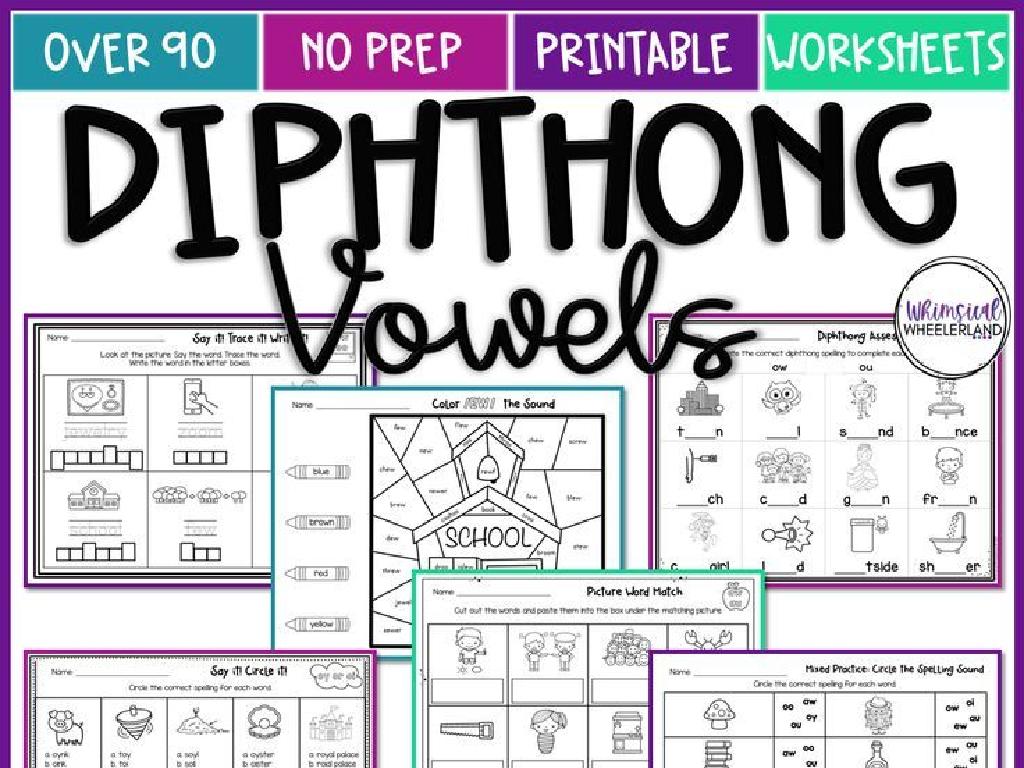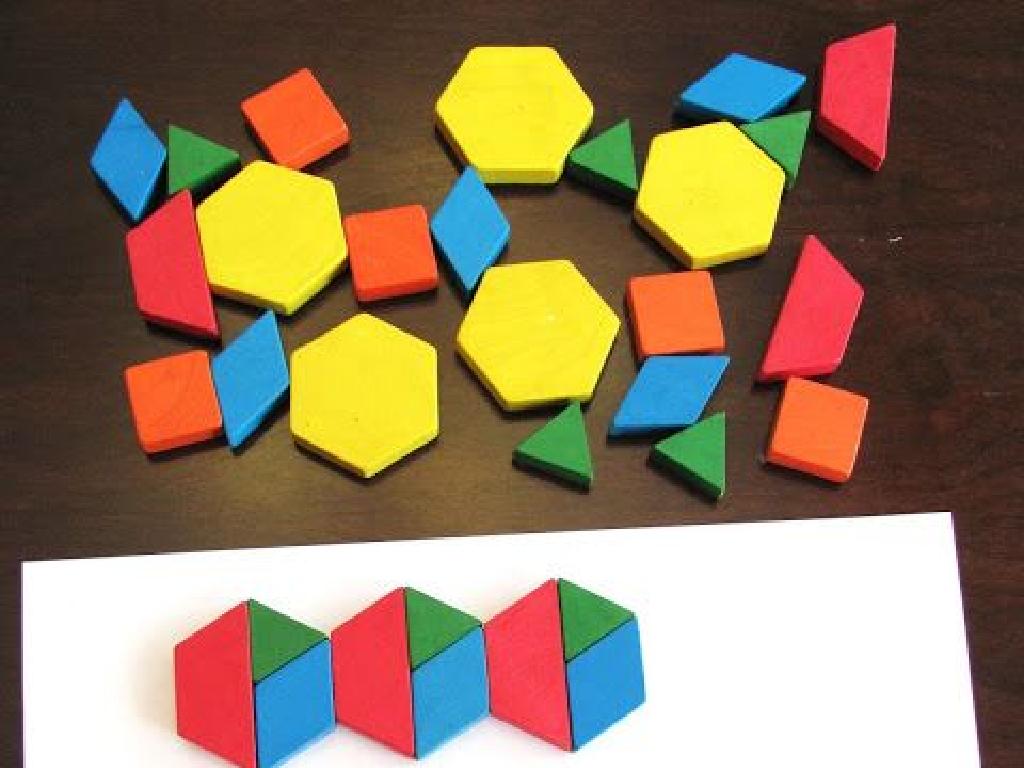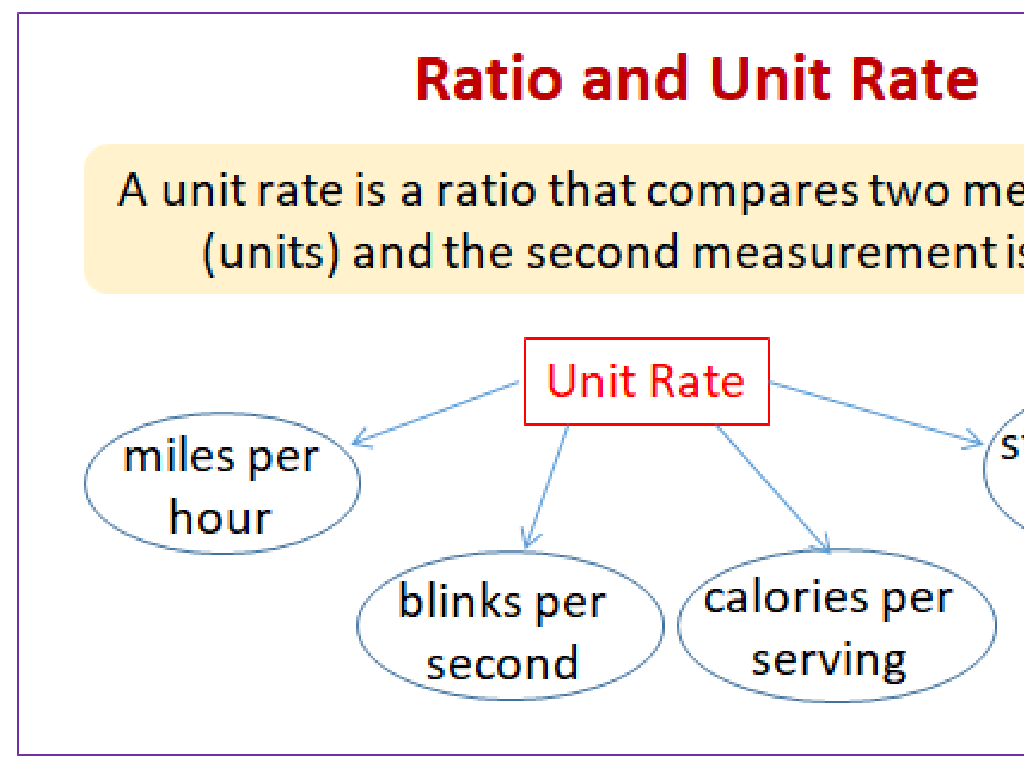Identify Laboratory Tools
Subject: Science
Grade: Fifth grade
Topic: Lab Tools And Equipment
Please LOG IN to download the presentation. Access is available to registered users only.
View More Content
Welcome to the Lab!: Exploring Lab Tools
– Discovering laboratory tools
– Tools help scientists measure & observe
– Tools like beakers & microscopes are essential for experiments.
– Safety rules are key in the lab
– No running, always listen to your teacher, and report spills.
– Always wear safety gear & follow instructions
– Goggles protect your eyes and gloves keep your hands safe.
|
This slide introduces students to the basic laboratory tools they will encounter and use in science experiments. Emphasize the importance of these tools in helping scientists make accurate measurements and observations, which are crucial for successful experiments. Highlight the critical nature of safety in the lab, including following rules and wearing appropriate gear to protect themselves. Encourage students to ask questions about the tools and their uses. The slide sets the stage for a deeper dive into each tool’s specific function and proper handling techniques in subsequent lessons.
Common Laboratory Tools
– Beakers for measurement
– Used to measure and mix liquids accurately
– Test tubes for samples
– Ideal for holding and heating small amounts of substances
– Microscopes for observation
– Magnify tiny objects to make them visible to the human eye
|
This slide introduces students to the basic tools commonly found in a laboratory setting. Beakers are versatile glass containers used for mixing, stirring, and heating liquids. They have a lip for pouring and are marked with measurements. Test tubes are smaller glass tubes used to hold, mix, or heat small quantities of solid or liquid chemicals. Microscopes are instruments that allow us to see objects that are too small for the naked eye by magnifying them. It’s important for students to understand the purpose of each tool and how they are used in scientific experiments. Encourage students to ask questions about each tool and discuss any prior experiences they may have had using them.
Measuring Tools in the Laboratory
– Rulers for length measurement
– Rulers help us measure how long or wide an object is.
– Graduated cylinders for liquid volume
– These tall, marked tubes help us accurately measure how much liquid there is.
– Balances for object mass
– Balances tell us how heavy an object is by comparing it to known weights.
|
This slide introduces students to the common measuring tools used in a science laboratory. Emphasize the importance of accurate measurement in scientific experiments. Rulers are straightforward tools for measuring the length or width of an object, and it’s essential to lay the object as straight as possible against the ruler for an accurate measurement. Graduated cylinders are used to measure the volume of liquids; students should be taught how to read the meniscus at eye level for precision. Balances are used to find the mass of objects, and students should learn the difference between mass and weight. Encourage students to handle these tools carefully and to always double-check their measurements for accuracy.
Handling Tools in the Laboratory
– Tongs: Grasp and hold items
– Use when items are too hot or dangerous to touch
– Spatulas: Move solid chemicals
– Scoop and transfer chemicals without spilling
– Droppers: Transfer liquids precisely
– Squeeze to pick up and release small liquid amounts
– Safety first with all tools
|
This slide introduces students to common laboratory tools and their specific uses, focusing on safe handling practices. Tongs are used to hold or move items that are too hot or unsafe to touch directly. Spatulas are used for transferring solid chemicals from one place to another, helping to avoid spills and contamination. Droppers are perfect for moving small amounts of liquids with precision. Emphasize the importance of safety when using these tools, including wearing protective gear and following proper procedures. Encourage students to ask questions about each tool and discuss why safety is crucial in a lab setting.
Lab Safety Equipment
– Safety goggles usage
– Protect eyes from spills and splashes
– Importance of gloves
– Keep hands safe from chemicals
– Wearing a lab coat
– Shield body and clothes from harm
|
This slide introduces students to the essential safety equipment used in a laboratory setting. Emphasize the importance of safety goggles to protect their eyes from any accidental spills or splashes that could occur during experiments. Explain that gloves are crucial for keeping their hands safe from chemicals and other potentially harmful substances. Discuss the role of a lab coat in protecting their body and clothes from any spills or stains. It’s important to instill a sense of responsibility and safety awareness when working in a lab environment. Encourage students to always wear the appropriate safety gear before conducting any experiments.
Real-life Lab Tool Examples
– Scientists using microscopes
– Microscopes help magnify tiny objects so scientists can see details.
– Measuring liquids in cylinders
– Graduated cylinders measure liquid volumes accurately for experiments.
– Balances in a real lab
– Balances ensure precise measurement of materials’ weight for reactions.
|
This slide aims to provide students with concrete examples of how common laboratory tools are used in real-life scientific settings. Show images or videos of scientists using microscopes to observe cells or bacteria, which can’t be seen with the naked eye. Demonstrate the correct method of measuring liquids with a graduated cylinder, emphasizing the importance of reading at eye level for accuracy. Discuss how balances are used to weigh chemicals for experiments, ensuring precision for reproducible results. Encourage students to ask questions about the tools and to consider how these tools help in scientific discoveries.
Class Activity: Lab Tool Scavenger Hunt
– Find lab tools in the classroom
– Use a checklist for found tools
– Mark off tools like beakers, thermometers
– Discuss tool uses with a partner
– How is a microscope used compared to a test tube?
– Reflect on the activity
– Think about what you learned
|
This interactive activity is designed to familiarize students with common laboratory tools in a fun and engaging way. Provide students with a checklist of tools such as beakers, test tubes, microscopes, and thermometers. They will search the classroom to find and identify each item on the list. Once they find a tool, they should mark it off their checklist. Afterward, students will pair up to discuss the function of each tool they found, fostering peer learning and reinforcing their understanding of each item’s use. To conclude, encourage students to reflect on the activity and share what they learned about the tools and their applications in the lab. This will help solidify their knowledge and prepare them for future lab work.
Conclusion: Lab Tools & Safety
– Recap of lab tools learned
– Use tools safely and correctly
– Incorrect use can lead to accidents
– Remember lab safety rules
– Rules like wearing goggles, no running
– Understand why rules are important
– Rules protect us and ensure accurate results
|
As we conclude today’s lesson on laboratory tools, it’s crucial to remind students of the importance of using these tools correctly to ensure safety. Highlight the key tools discussed and their functions. Emphasize that mishandling tools can lead to accidents and injuries. Reiterate the lab safety rules such as wearing protective gear, handling equipment with care, and following instructions precisely. Explain that these rules are in place to protect them and to ensure experiments are conducted accurately and safely. Encourage students to always be mindful of these rules whenever they are in the lab.






